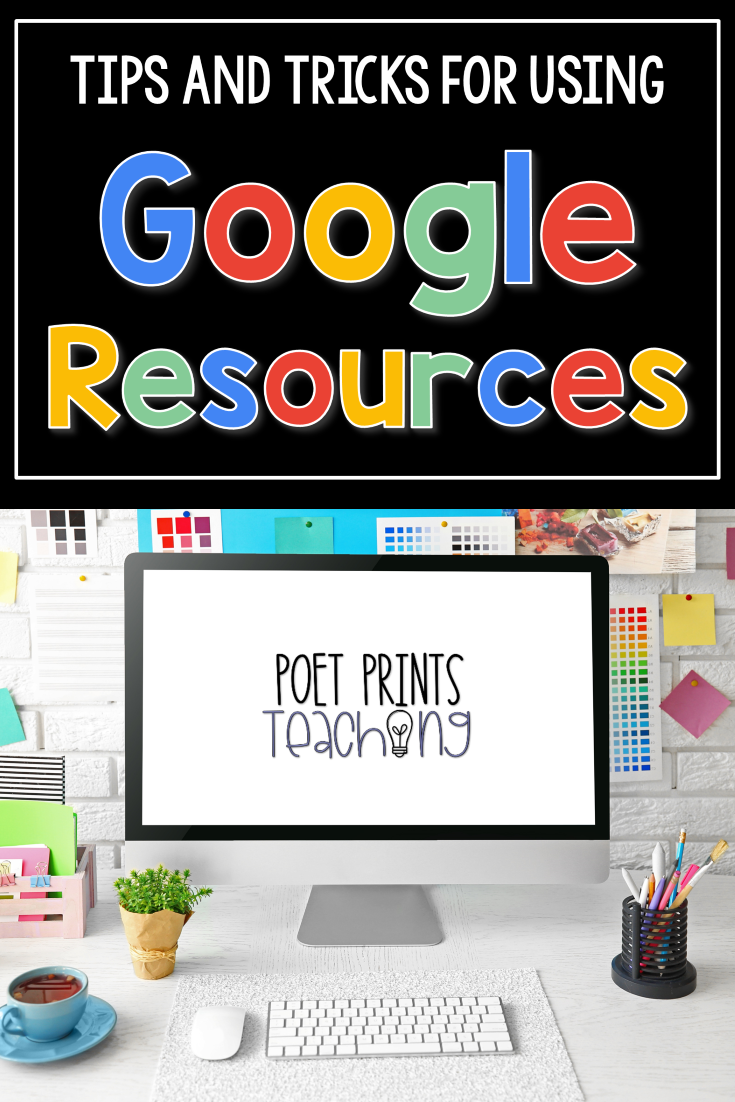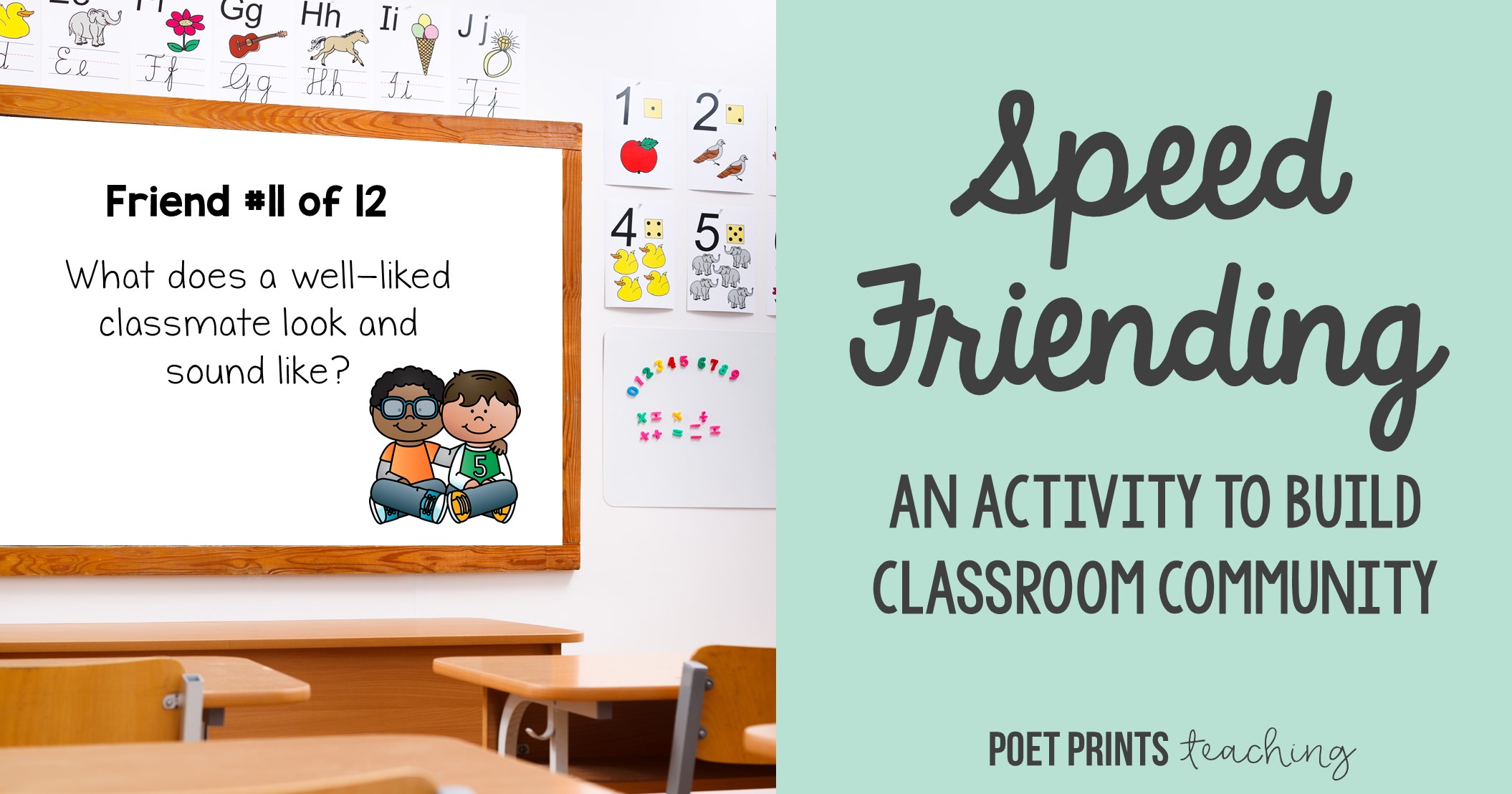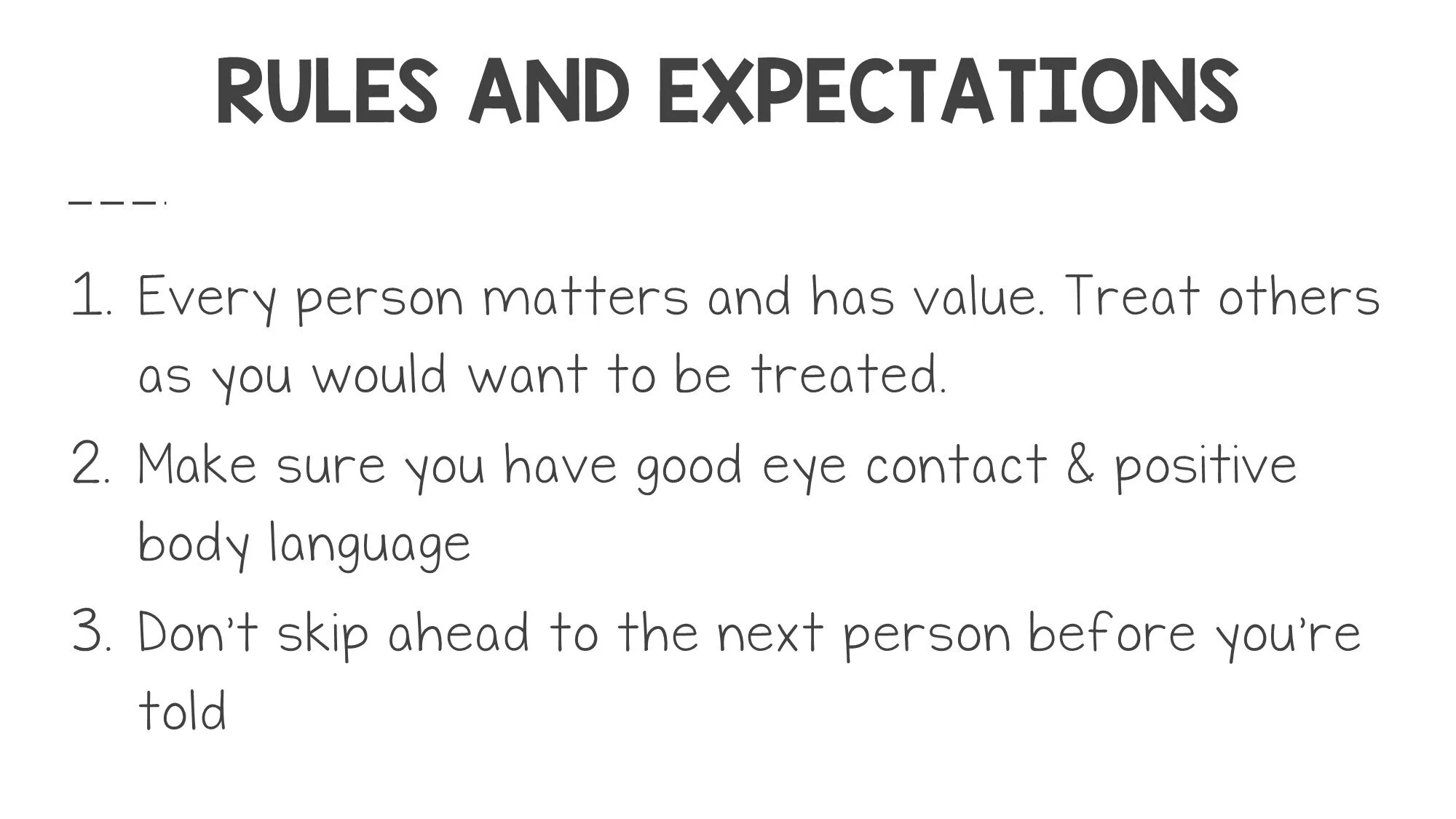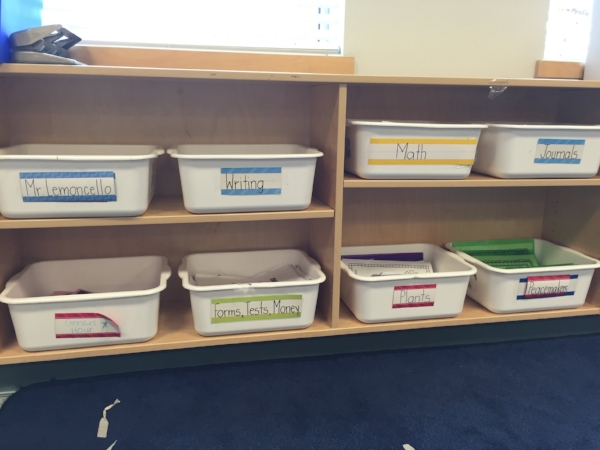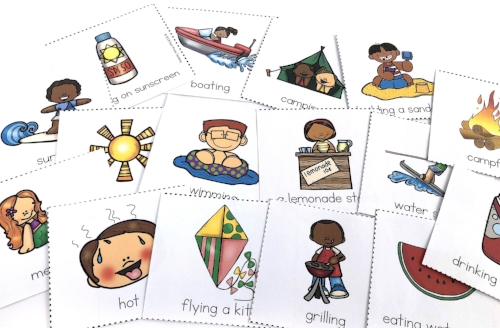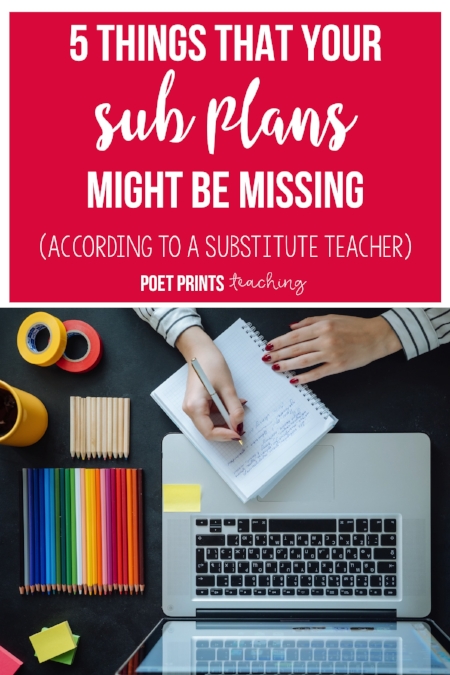Have you started an end of the year countdown yet? The last weeks before summer break can be a bit (okay, a lot) chaotic in the classroom, but they are also the perfect opportunity to get ahead for back to school. I would much rather get organized in May/June than feel overwhelmed and behind in August/September… no matter how tired I am at the end of the year. Maybe it’s my enneagram 1 personality, but being properly organized helps me to feel ready for a break. And I am ready for summer break this year. These organization ideas for the end of the year will help to set next year off on the right foot!
Text: How to get organized before summer break.
Image: A notebook, pencil, paperclips, and pencil sharpener are displayed on a white surface.
There are a handful of things that I always try to do before leaving school for the summer. Take a peek into my Year End Checklist:
End of the Year Must-Do Checklist
Recycle, donate, or toss student and teacher supplies that don’t work. It’s a great time of year to declutter and make sure everything is working and/or has lids! This includes supplies that just don’t work in your classroom. Do you find yourself never reaching for that class set of pastels? Time to send them somewhere else!
Organize supplies and materials. Some years the class can be left set up, other years it has to be packed into boxes. Either way I try to make sure the supplies are organized and packed in a way that makes back-to-school unpacking easy!
Prepare blank name tags and labels. I may not know the names of students in my class, but I can make sure that name tags, cubby tags, and desk tags are laminated, organized, and ready to go.
Re-label any storage bins (like the ones I have EVERYWHERE in my room) or cupboards. By the end of the year, the labels around my room are often peeling or discolored. Before I go I take a moment to re-label anything that needs it and move anything that could use a new space next year.
Organize student books. I go through all of my books to repair any damages, recycle any that are beyond repair, and organize books back into levels or genres. It’s great to start with an organized library.
Deep clean my teacher-desk. By the end of the year, my desk is a M-E-S-S. I don't always know where half of the papers came from, but I know it’s a great time to purge as much as I can
Photocopy lessons for the first week (or month!) back. I like to have at least a weeks’ worth of back-to-school math, writing, reading, and get-to-know-you activities prepped and ready to go before I walk out the door. That way, when the chaos of September rolls around, I am at least semi-prepped with a weeks’ worth of lessons to grab and go! You can see some of my favorite no-prep lessons for the first week back here.
If at all possible, I include my students in completing these tasks. Most of these items are necessary because of how hard the classroom has been used by 22-28 students during the year, so I feel like it’s right to have them help with the re-set process for the next year. (And it counts as a life skills lesson… right?) Is there anything I missed on my list? What is on your must-do list for getting done before summer break? Let me know in the comments below or chime in on instagram!







